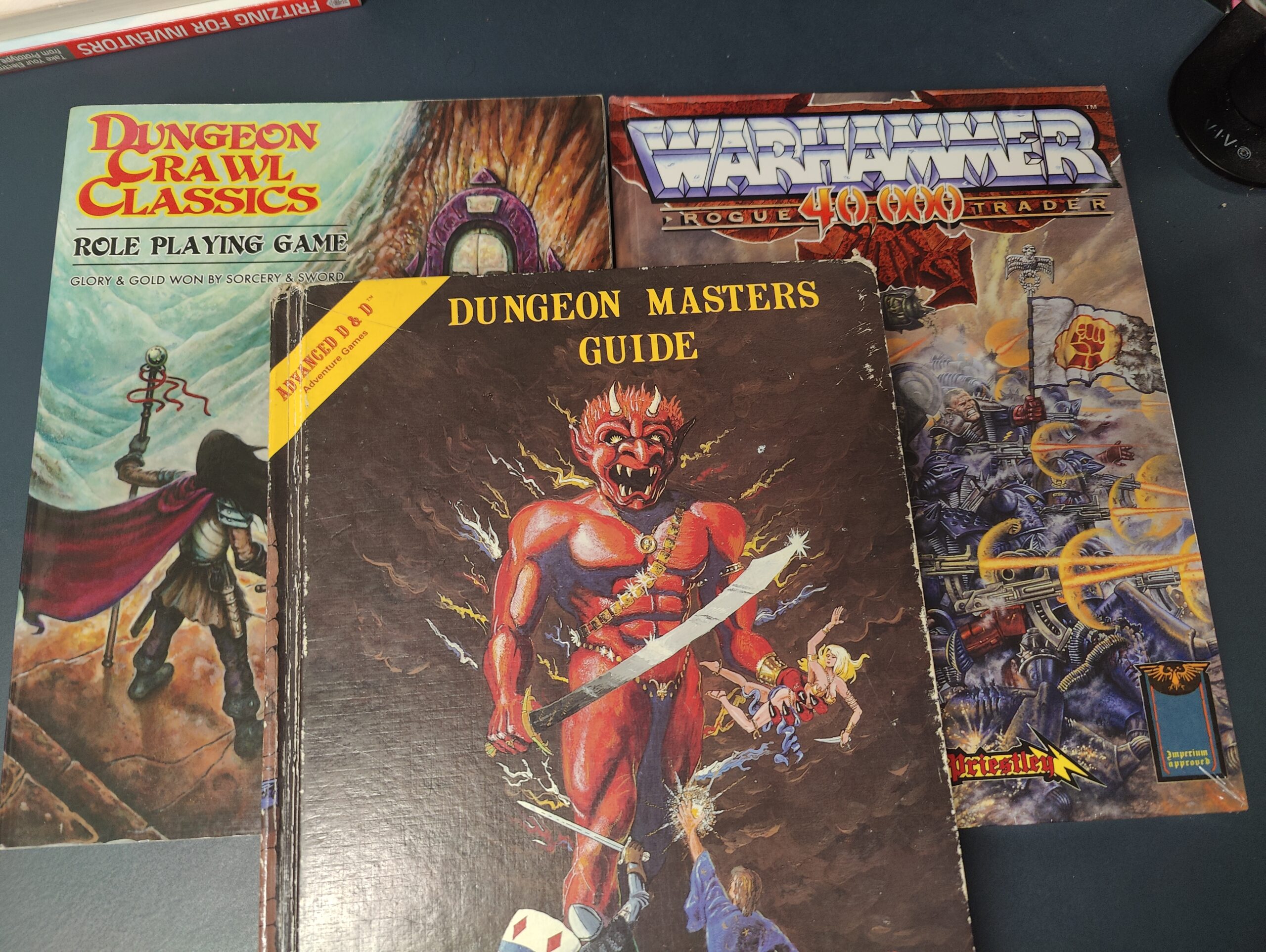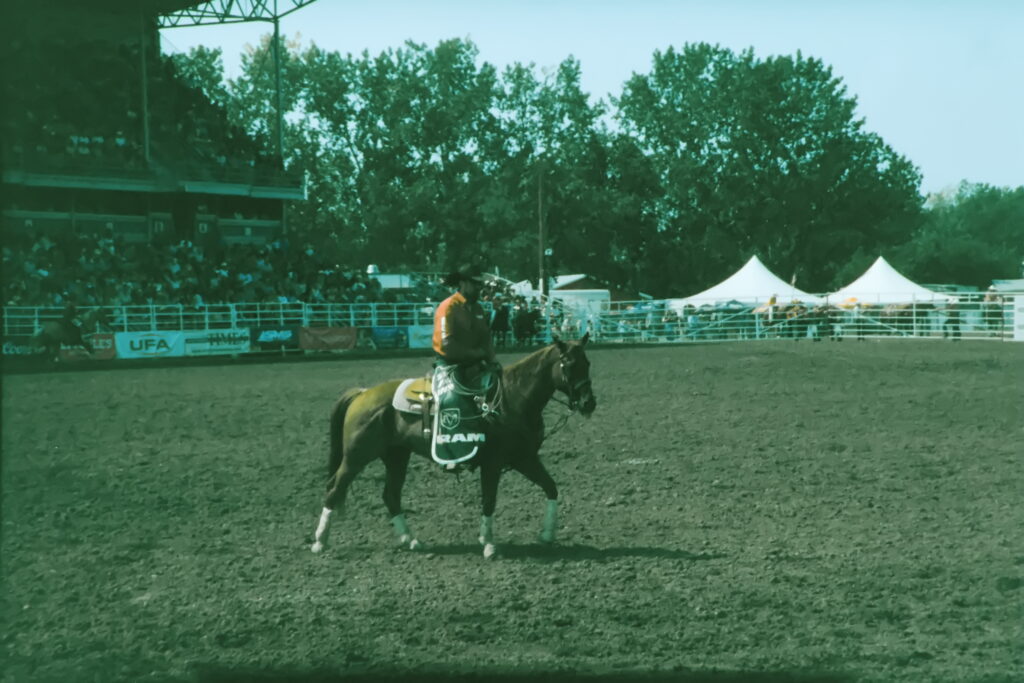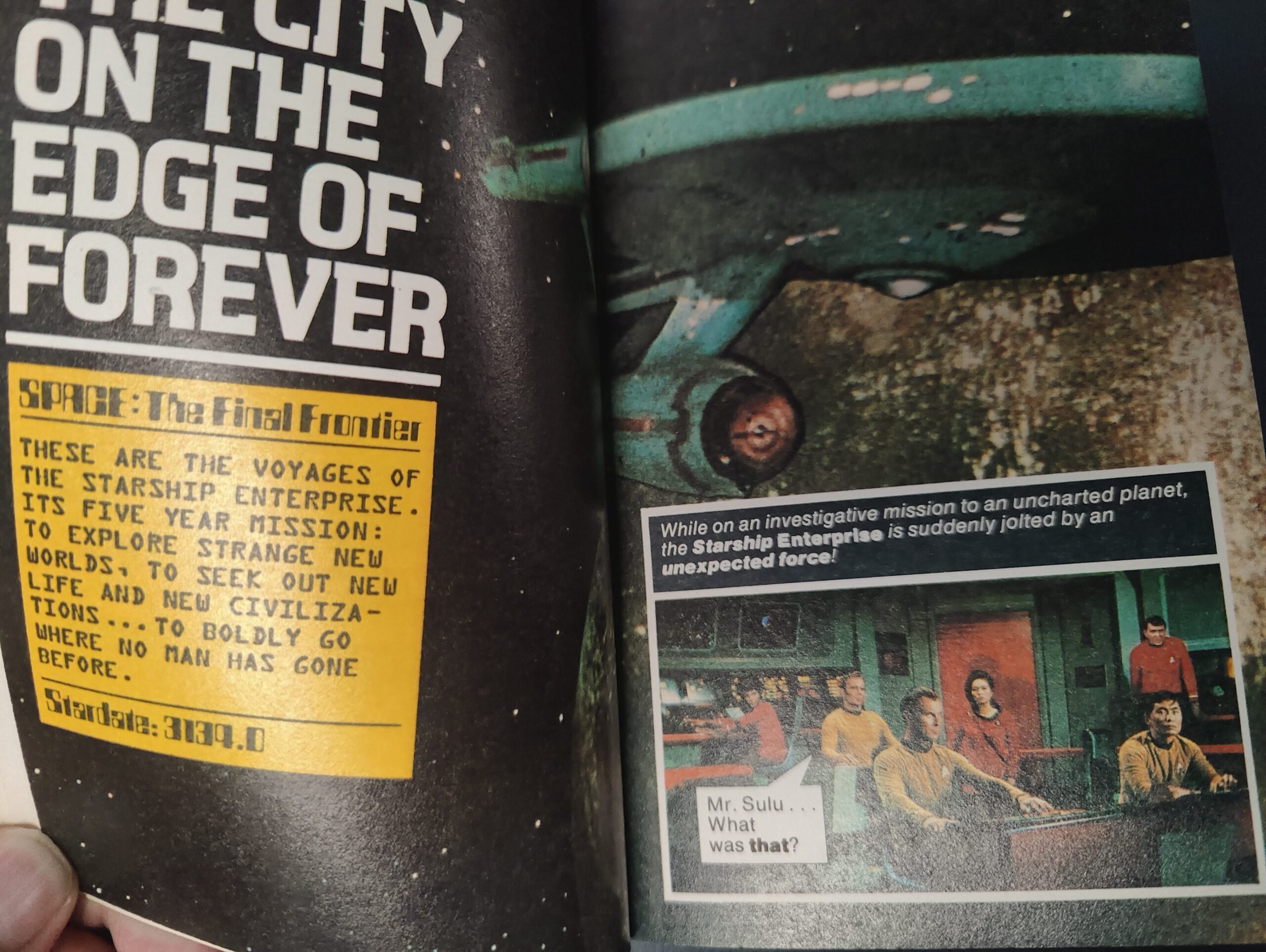(Part 4 of the Nostalgia Curve. Click the numbers for Parts 1, 2, and 3).
So, following up on our the previous posts, it seems obvious that the Nostalgia Curve is more generalizable to other properties than just those that shape and deliver the content that is brought to our doorstops. We hinted at how the Nostalgia Curve gets adopted by one type of social activity – gaming – and a keen observer will recognize appeals to nostalgia in culture, politics and technology too. Let’s deal with those in turn:
Gaming Nostalgia

I’ve long held that interesting things arise out of the periphery, and gaming (especially tabletop gaming) has existed on the fringes in some fashion or other for most of my adult life, recent surge in popularity (thanks Stranger Things and Critical Role) not withstanding. Gaming culture has been both an area of entertainment and academic interest for me for a long, long time.
Nostalgia has been fuelling gaming since at least the 1980s – it was pretty much baked in from the outset, with the Appendix N of the original Dungeon Master’s Guide for Dungeons and Dragons detailing the titles that the games creators were nostalgic for. It was also present in every new title and media tie-in RPG released, whether it was for Westerns and Spy Thrillers, or Conan, Capes, and Cthulhu inspiring the current crop of adventures. This nostalgia might have kept the lights on, but with the dawn of the new millennium, a new wave of titles kicked it into overdrive. Following the release of the 3rd edition of Dungeons and Dragons by Wizards of the Coast in 2000 and the creation of the Open Gaming License (OGL) along with it, the portal was opened and a number of retro-clones spilled forth.
This read to the rise of the Old-School Renaissance (OSR), a series of the games that looked to the hobby’s (TTRPGs) roots for inspiration, sometimes in terms of game design, often in look and feel, and sometimes both, like in the copy of Dungeon Crawl Classics seen in the picture above. Evoking a simpler time in gaming, they each tried to emulate that earlier era, either to bring in old or lapsed fans, or to court new players with simpler mechanics (and often cheaper entry points too). But while the OSR began with small publishers putting out material they wanted to use, and finding a like-minded community, WotC has also re-issued classic books in new formats, or adventures that connect with the rich history of the classic era of early tabletop RPGs, revisiting Strahd, Vecna, and other iconic entities from time to time.
Dungeons and Dragons isn’t alone in this either, as WotC regularly places products along the Nostalgia Curve in order to move product for its other major property too. M:tG is no stranger to nostalgia, either internal or external. First and foremost it finds itself locked in to the design of its early 90s-era cardback, which by necessity of competition needs to maintain the same image for every set produced (save for special instances). It also digs back into the deep wells of its own past, for artwork, creatures, game mechanics, characters, planes, and themes all resurfacing from time-to-time to renew or maintain interest in the property. Sets like Ravnica, Mirrodin, Urzas, and others evoke a host of associations for the long-time gamer.
Extrinsically, M:tG reaches outwards to other properties with its Secret Lair sets, bringing in fans of other media properties (Warhammer, Dr. Who, The Walking Dead, Lord of the Rings, even Transformers) for specially themed cards and decks. Seeking out these Fans, or Lapsed Fans* (if we were to lay out a typology) to come back to Magic by engaging with that other thing that they love.
WotC isn’t the only company that does this either, as Games Workshop will engage heavily in the rich lore and history of their various game worlds, putting games on hiatus for years and then bringing them back in a new edition or a re-imagining to fans that will leap at the opportunity to grab them lest they disappear once more. FOMO as a Factor on the Corporate Quarterly Reports.
Cultural Nostalgia

Cultural nostalgia exists too, and this extends far beyond media properties. Not quite “lifestyle”, though there is an element of that too, but more a combination of time and place, and often historical (though again, this can be “real” or “imagined” to various degrees, as we pointed out previously). Locally, the Calgary Stampede, Heritage Park, and Edmonton’s Klondike Days all trade on cultural nostalgia. Celebrating a time long past, and arts, dance, music and more that seem anachronistic. Historical recreationists are a large part of this too, whether it is for medieval Europe, Imperial Rome, Shogun-era Japan, or other periods. (Though I will note it the connection that if you can image a “World” for it Westworld, it probably exists.
At certain inflection points “historical recreation” can tip over into “experimental anthropology”, of which I have spoken of elsewhere. And a large part of historical recreation is done via military re-enactors: Civil War, WWII, Napoleonics, and the like. Live Action Role play (LARP), after a fashion, and the deep ties between gaming and LARP need to be examined. The Society for Creative Anachronism (SCA) was formed in 1966, preceding the invention of Dungeons and Dragons, but rising roughly with the development of the tabletop wargaming hobby more broadly. Within the SCA, we see the development and creation of an imagined nostalgia, for a place and time that didn’t quite exist, but was co-created as a mutual social imaginary.
Political Nostalgia
But above all, the most glaring example of the Nostalgia Curve in other fields are those taking place in the political arena. There are examples aplenty of movements evoking “the good old days” in the modern era. And yet, this is not a political blog, not is it seeking to be. This political nostalgia is mentioned for completeness, lest we be remiss in their omission. And yet, they do have a connection…
Future Nostalgia

No, not that one.
More like this:

Science fiction isn’t immune to nostalgia, and for what is ostensibly a forward-looking genre, there is a lot of looking to the past that takes place within the fiction presented to the audience. Not just with time travel jaunts to the past, like in the Star Trek episode above (which involved a hop to the next sound-stage and the prop closets as much as in any early Doctor Who episode, where production constraints shaped the creative direction as much as anything), but also in the endless tales of past historical battles like Marathon, Thermopylae, and Hastings being waged anew with the serial numbers closely filed off.
It isn’t just the props, the battles, and the ideology (I’m looking at you, Starship Troopers) that can be was retrograde; science fiction often gives us nostalgia for a future that will not come to be. This is retro-futurism, science fiction with the aesthetic appeal of an earlier age, seen best in the recent Fallout video games and TV series, and the short story “The Gernsback Continuum” by author William Gibson. Longing for past visions of the future. Which brings us to:
Technological Nostalgia

(And by technology, we’re referring to all types; this isn’t limited to recent hi-tech items.) Tech is no exception to evoking feelings of nostalgia. From classic cars to phones that go “brrr”, these tools that we use and have grown up with are deeply connected to us, and can evoke those lost feelings as soon as they are seen or held. Now, often we can remember why we moved on from them once we try and use them, but the feelings remain. We’ve covered this here before with respect to recent computing technology in our discussion of the recent return movement known as the dial-up pastorale, and we’ll return to it soon.
What’s next?
So in this – in all these fields and categories – The Nostalgia Curve is present, and in many more besides, as we intentionally avoided whole realms where it could be seen. Sports, Food, Fashion, Language, Music, all these and more could be explored further, if we desired. There is a through line in the ones chosen, that I hope is apparent, from gaming to LARPing to historical cosplay to historical politics to shared imagination of the future to a longing for how technology was in our youth. But there’s only so much room.
This intentional avoidance – this Nescience – has been happening in another area too, that of academia, and we need to compare the summary of my thoughts above, and in the previous parts, with some of what has gone before. So let’s have a look at Fredric Jameson. Just as soon as I explain what Nescience means…